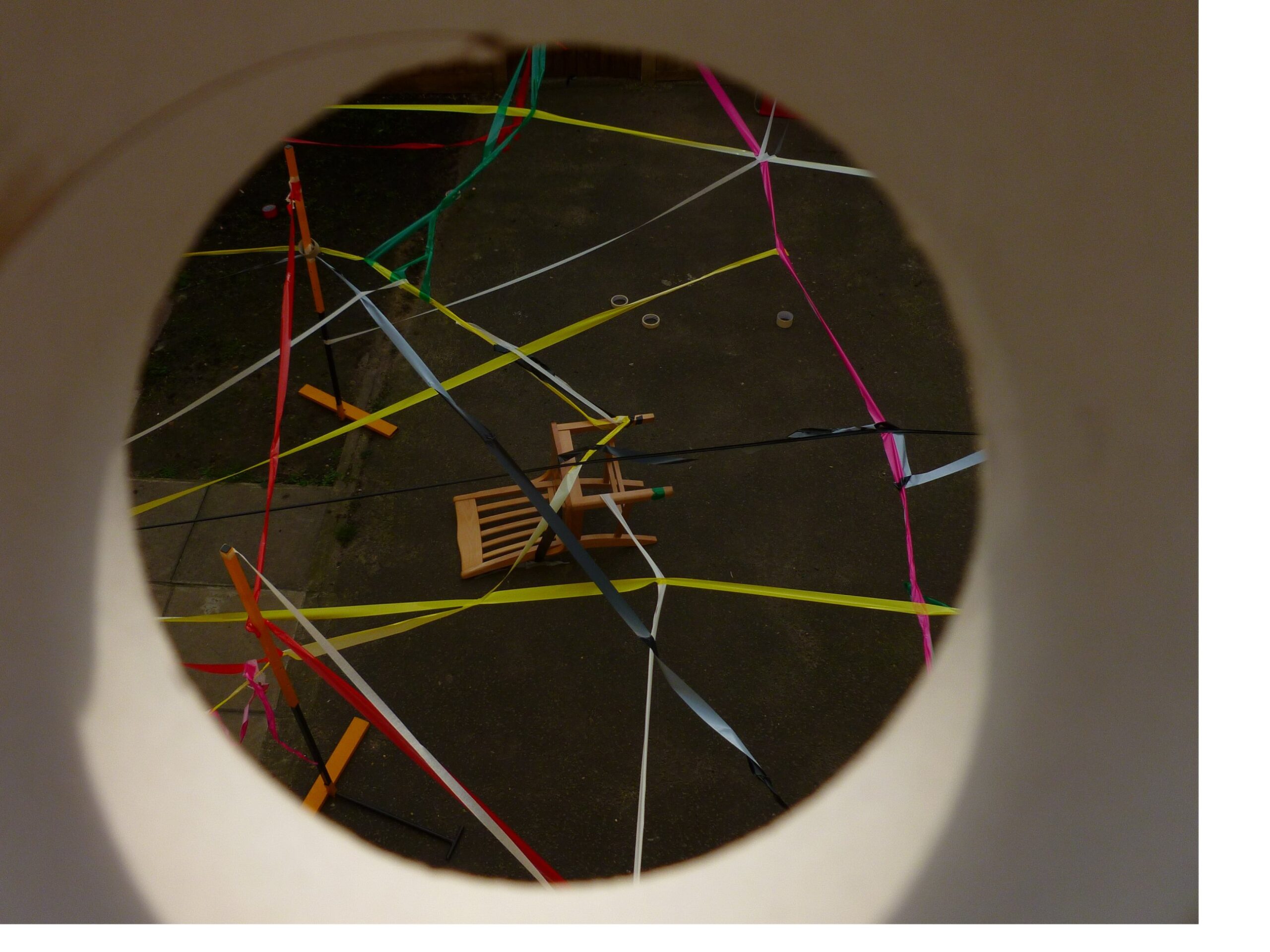
Turning a hospital inside out
Clive Niall describes two hospital projects where young people showed what was possible through participatory art practices.
Until recently I taught art and design at Snowsfields Adolescent Unit, a tier 4 Child and Adolescent Mental Health Service (CAMHS) provision at Maudsley Hospital in south London. Two projects were developed through partnership with dance and visual artists (Kirsty Richardson, Florence Peake and Fritha Jenkins) who came to work at the unit via funding that I had sought or that the hospital had provided. In both projects we sought to use contemporary art and participatory practices to turn the spaces of the hospital and the hospital school inside out. In so doing, we gave a shot in the arm to what hospital arts and learning could be like, a move from the predictable to the possible. One project had an open brief, devised collaboratively between artists, myself as an artist/teacher and the young people we were working with. The other was a hospital initiative designed to give some ownership of the ward environment to the young people themselves.
In both cases my contribution was informed by my own learning on the Goldsmiths Artist Teachers & Contemporary Practices MA course. The course encouraged us to question pedagogic relationships, and proposed the contribution and vitality that contemporary art could make, re-invigorating learning through art and design. The particular questions that I sought to bring to these projects were: How might participatory contemporary art practices be applied in a psychiatric hospital? And with what success and with what impact, not only on the young people but also on the institutions and personnel of both school and hospital?
We gave a shot in the arm to what hospital arts and learning could be like, a move from the predictable to the possible
Participatory art practices might crudely be summarised as art that explores and exploits the social relationships of a particular setting, probing the boundaries between practitioner and participant, between the private and the public, between artist and audience. Some of its practices are typified in the work of Jeremy Deller and the 'constructed situations' of Tino Seghal. In neither project were there preconceived project outcomes which were crucial to their success. The hospital environment itself, along with the people working and moving through the space, became the material for both projects.
Participatory art practices are not necessarily object-related and this can cause a clash with funding agencies, which want an object-based outcome for their money. Rather than reproduce preconceived ideas of what hospital art produced by teenagers should be like (a graffiti project was initially suggested by the hospital), I chose instead to work from the outside in, questioning the young participants on what they would want an audience for their work to think about and what questions they would want them to ask. They were invited to conduct a sensory audit of the ward space and noted, among other things, the white clinical walls and the strange smell emanating from the quiet room (intended as a low stimulus space). We then engaged in a variety of drawing and experimental, temporary installation work designed to open up the ward and hospital spaces, exploring space deemed to be outside the fixed and narrow learning walls of the classroom.
But with only weeks to go, there was still no product. We re-examined the archive of work they had produced: photos that reframed the familiar, making it strange; placing the transparent 'poetry' umbrellas (inspired by the Rhianna song) in unfamiliar territories where they did not fit or belong. Some images were recreated on a larger scale and as large blocks of colour, and playfully placed in both likely and unlikely sites around the ward and hospital environment.
The dance/art project similarly explored institutional space. The classroom was neglected as young people 'drew' with coloured tape and great swathes of paper outside and beyond the ward space and corridors, finding pathways through which to record their own progress. A final event, hosted by the young people who came to fully own the project, transformed the games room with energy and enthusiasm. A mummified Carmen Miranda-esque clad young woman acted as the MC, conducting a tour for consultants, nurses and other ward and hospital staff through the labyrinth of the installation which concealed the young artists within its folds, dens and caves. The project can be viewed at a series of events and exhibitions called ‘The Art of Recovery’ at the Ortus venue, near Maudsley Hospital in south London.
Clive Niall is now Headteacher at Oakview Hospital.
www.slam.nhs.uk
Tw: #theartofrecovery
Join the Discussion
You must be logged in to post a comment.